PLARK - 949A Antey Project (OSCAR II)
According to a number of domestic experts, by the criterion of “cost-effectiveness”, SSGNs of the 949 project are the most preferred means of dealing with enemy aircraft carriers. As of the middle of 80, the cost of one boat, the 949A, was 226 million rubles, which at par was only 10% of the cost of the Roosevelt multipurpose aircraft carrier (2,3 billion dollars, excluding the cost of its aviation wing). At the same time, according to the calculations of experts of the Navy and industry, one submarine nuclear-powered vessel could with a high probability damage the aircraft carrier and a number of its escort ships. However, other quite authoritative experts questioned these estimates, believing that the relative effectiveness of the SSGNC was overestimated. It was necessary to take into account the fact that the aircraft carrier was a universal fighting means capable of solving an extremely wide range of tasks, while submarines were ships of much narrower specialization.
After the first two ships built on the 949 project, the construction of submarine cruisers began on the improved project 949А (code “Antey”). As a result of the modernization, the boat received an additional compartment, which made it possible to improve the internal layout of weapons and on-board equipment. As a result, the ship’s displacement increased slightly, while at the same time it was possible to reduce the level of the unmasking fields and install improved equipment.
Currently, Project 949 boats are put on reserve. At the same time, the group of submarines of project 949A is, along with aircraft of the sea missile and long-range aviation Tu-22M-3, in fact, the only means capable of effectively resisting US strike carrier formations. Along with this, combat units of the group can successfully operate against ships of all classes during conflicts of any intensity.
The robust hull of a two-hull submarine, made of steel, is divided into 10 compartments.

SSGN Antey 949A Project (Magnified Scheme)
1 - GAK Antennas
2 - Racks with longitudinal and transverse devices with UBZ torpedo-rocket armament complex
3 - Bow (torpedo) compartment
4 - Rechargeable Batteries
5 - Navigation Bridge
6 - Second (central) compartment
7 - APU
9 - Third Compartment
10 - PMU
11 - Fourth (Residential) Bay
12 - Containers with PU SCRC "Granit"
13 - Fifth Compartment (auxiliary mechanisms)
14 - Sixth Compartment (auxiliary mechanisms)
15 - VVD cylinders
16 - Seventh (reactor) compartment
17 - Reactors
18 - Eighth (Turbine) Bay
19 - Nasal vocational school
20 - Nasal GRShch
21 - Ninth (Turbine) Bay
22 - Aft Vocational School
23 - Stern GRShch
24 - Tenth Compartment (HED)
25 - HED
The power plant of the ship has a block design and includes two OK-650B water-type reactors (190 mW) and two steam turbines (98.000 hp) from the OKZA-9 GTS, operating on two propeller shafts through gearboxes that reduce the rotation speed of the propellers . The steam turbine plant is located in two different compartments. There are two turbo generators for 3200 kW each, two diesel generators DG-190, two thrusters.
The boat is equipped with the MKK-540 “Skat-3” hydroacoustic complex, as well as with a radio communication system, command and control, space reconnaissance and target designation. Reception of reconnaissance data from spacecraft or aircraft is carried out in a submerged position on special antennas. After processing, the information received is entered into the ship's CICS. The ship is equipped with an automated, having increased accuracy, increased radius of action and a large amount of information processed by the navigation system “Symphony-U”.
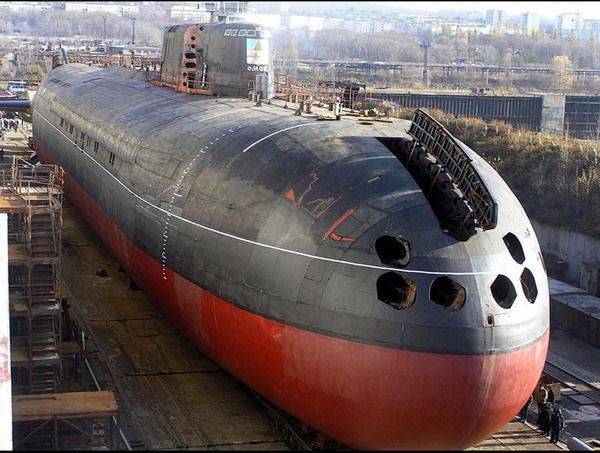
The main armament of the missile cruiser is the 24 supersonic P-700 “Granit” cruise missile complex. On the sides of the wheelhouse, which has a relatively large length, there are 24 coaxial airborne missile containers inclined at an angle of 40 ° outside the robust hull. The ZM-45 rocket, equipped both with nuclear (500 KT) and high-explosive warheads with a mass of 750 kg, is equipped with a cruise propulsion jet engine KR-93 with a solid-fuel rocket accelerator. The maximum firing range of 550 km, the maximum speed corresponds to M = 2,5 at high altitude and M = 1,5 - at low. The launch mass of the rocket is 7000 kg, length is 19,5 m, body diameter is 0,88 m, wingspan is 2,6м. Missiles can be fired either singly or in salvo (up to 24 RCCs, launched at a high pace). In the latter case, target allocation is carried out in a volley. The creation of a dense grouping of missiles is provided, which facilitates the overcoming of the enemy's missile defense systems. The organization of the flight of all the volley missiles, the additional search of the order and the “covering” of its included radar target allows the anti-ship missiles to fly on the cruise station in radio silence mode. In the course of the flight of the missiles, an optimal distribution of targets within the warrant between them is carried out (an algorithm for solving this problem was developed by the Institute of Armaments of the Navy and the NGO Granit). Supersonic speed and complex flight trajectory, high noise immunity of electronic equipment and the presence of a special system of removal of the enemy’s anti-aircraft and aircraft missiles provide Granit with a full volley of relatively high probability of overcoming air defense systems and missile defense systems.
Automated torpedo-missile complex of a submarine allows the use of torpedoes, as well as the torpedoes “Waterfall” and “Wind” at all depths of the dive. It includes four 533-mm and four 650-mm torpedo tubes located in the forward part of the hull.
The Granit complex, created in 80's, was already obsolete by the year of 2000. First of all, it refers to the maximum firing range and missile immunity. The element base underlying the complex has also become obsolete. At the same time, the development of a fundamentally new operational anti-ship missile system is currently not feasible for economic reasons. The only real way to maintain the combat potential of domestic "anti-aircraft" forces is obviously the creation of a modernized version of the Granit complex to be placed on the 949A SSGN during their scheduled maintenance and modernization. It is estimated that the combat effectiveness of the upgraded missile system, which is currently under development, should increase by approximately three times compared to RK Granit, which is in service. The rearmament of submarines is supposed to be carried out directly at the bases, and the time and cost of implementing the program should be minimized. As a result, the existing grouping of submarines of the 949А project will be able to function effectively until the 2020s. Its potential will further expand as a result of equipping ships with the Granit version of the spacecraft capable of hitting ground targets with high accuracy with non-nuclear equipment.
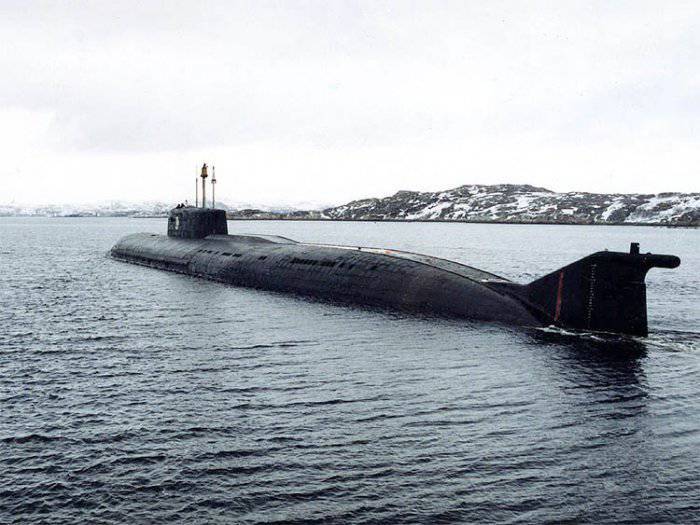
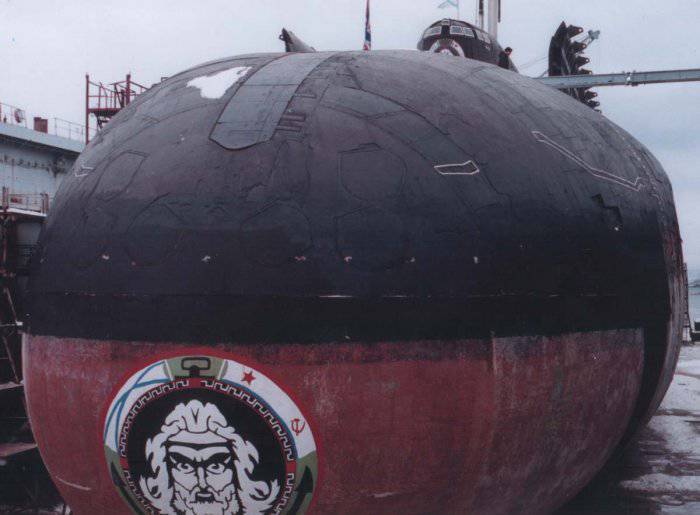
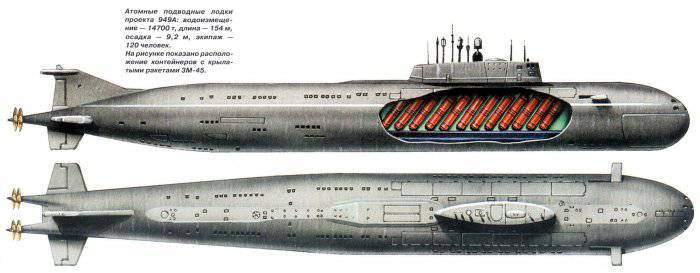
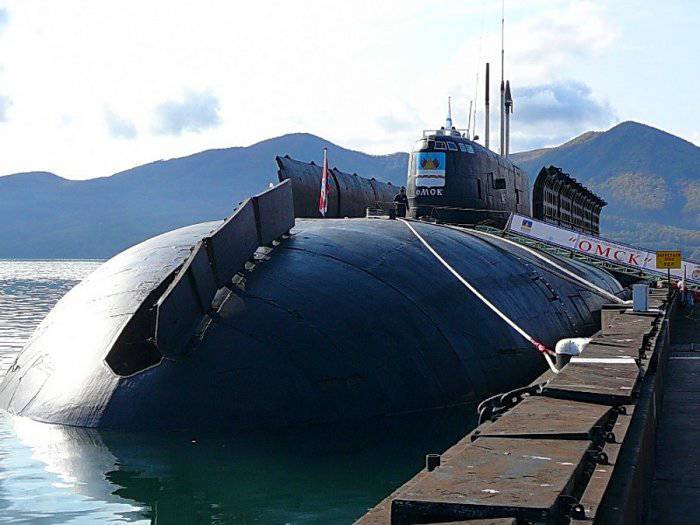
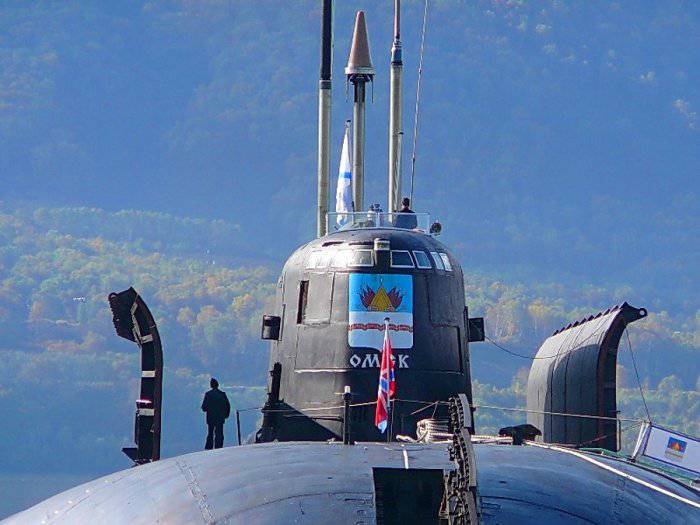
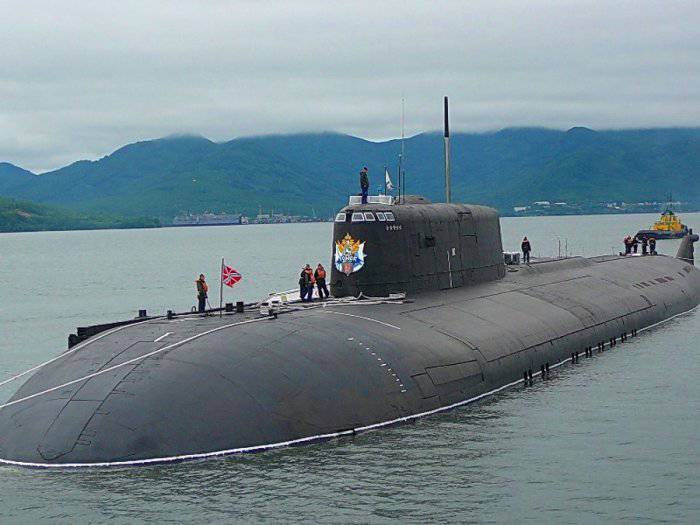
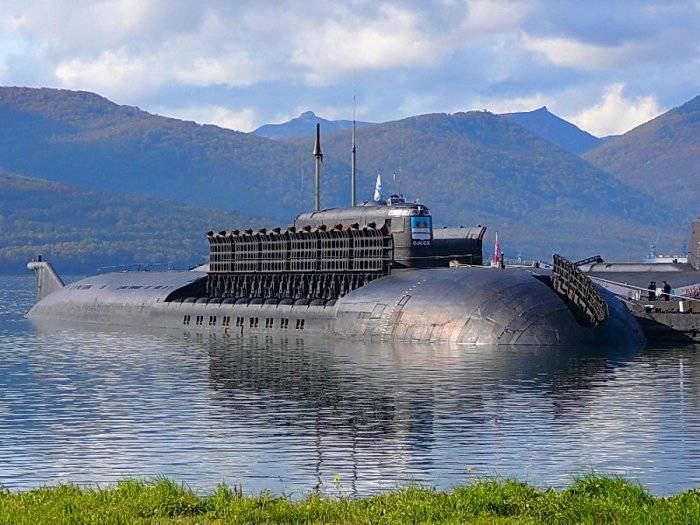
Information